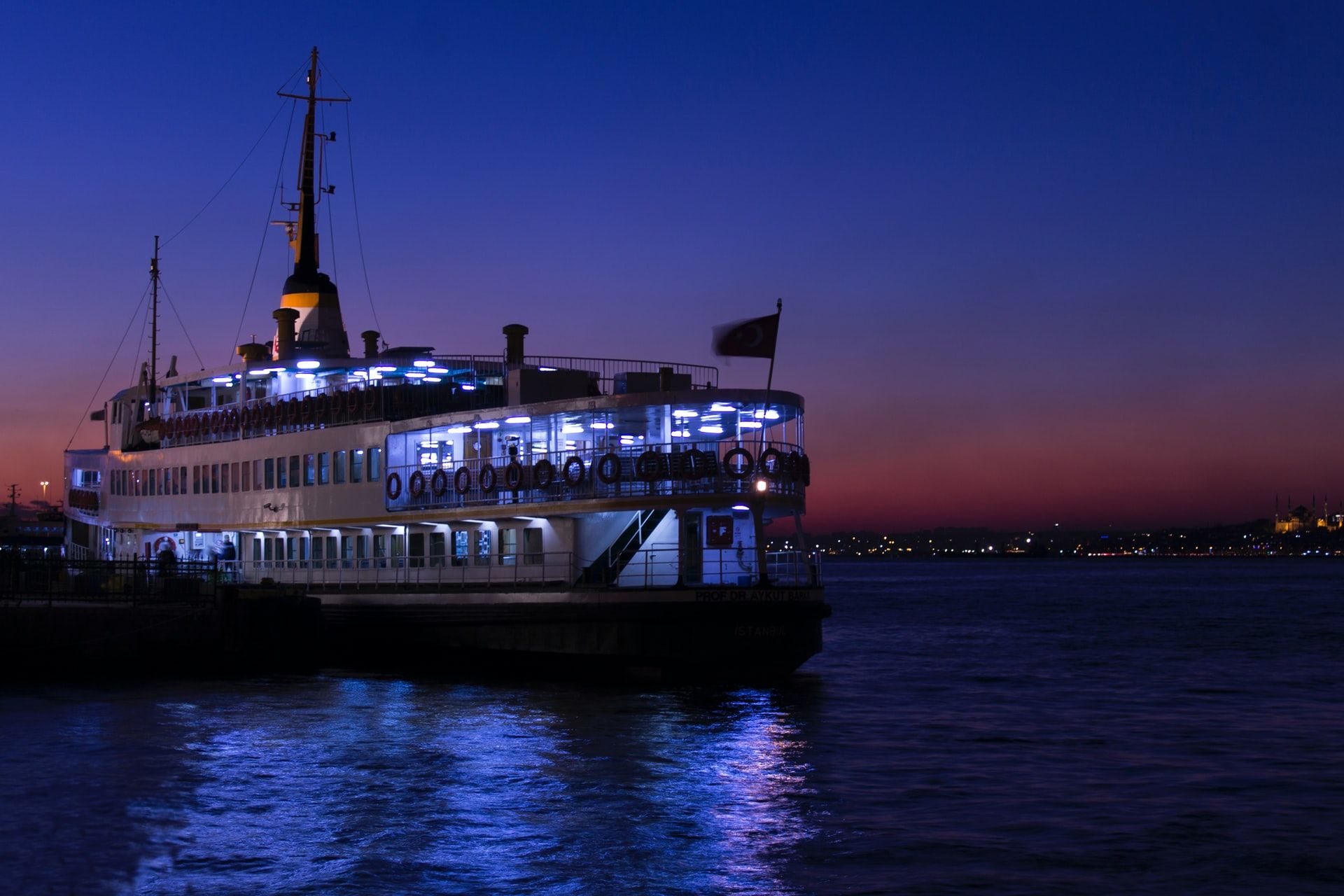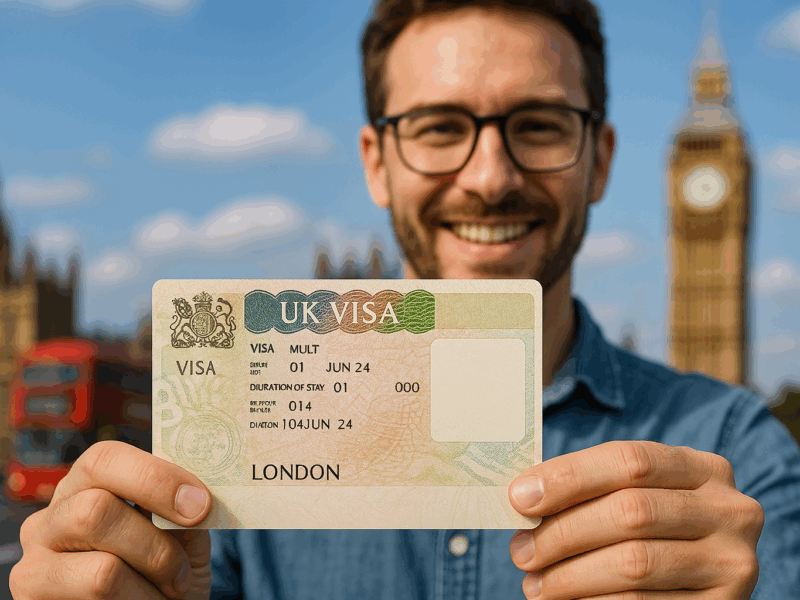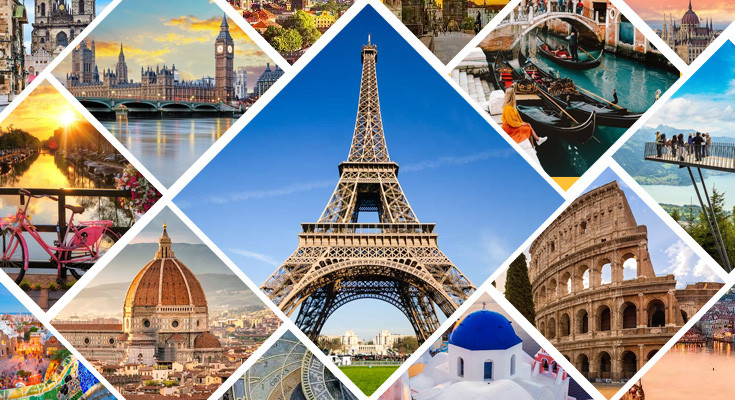You know what’s wild? Right now, somewhere in the world, there’s probably a huge ferry packed with cars, trucks, and hundreds of people crossing between two completely different countries. The passengers might be speaking different languages, using different money, and following different laws – but they’re all sharing the same deck space as they float from one nation to another.
Most of us don’t really think about ferries that much. When we picture international travel, we imagine airports and border checkpoints. But ferries? They’re out there doing this incredible job of literally carrying entire countries’ worth of people and stuff back and forth across the water every single day.
These Aren’t Just Big Boats – They’re Floating Roads
Here’s something that surprised me when I first learned about it: in some places, ferries are actually considered part of the highway system. No joke. In Norway, you can be driving down what they officially call Highway E39, and suddenly you’re driving your car onto a massive ferry because that’s just how the road continues.
Norway has this crazy geography with all these deep fjords cutting into the land. Without ferries, people would have to drive hundreds of extra miles just to get around these water barriers. So the government said, “Fine, the ferries ARE the highway.” Problem solved.
Planning trips through these complex ferry networks used to be a real headache, but now tools like Ferryroute Ferry Map make it much easier to figure out how all these water connections fit together across different regions.
The whole thing works because ferries can handle what regular roads can’t. They connect places that would be impossible to reach any other way without building incredibly expensive bridges or tunnels.
Moving Mountains of Stuff Every Day
The cargo side of this ferry business is absolutely nuts. We’re talking about moving serious weight here – not just a few suitcases, but entire truck loads of everything you can imagine.
Every single day, ferries between Sweden and Finland carry about 5,500 tons of cargo. That’s roughly the weight of 1,000 elephants worth of goods floating across the Baltic Sea daily. Fresh fish from Swedish waters ends up in Finnish supermarkets by dinner time. Finnish paper and wood products head to Swedish factories the same day they’re loaded.
The Mediterranean routes are even crazier. Trucks full of Spanish oranges, Italian pasta, Greek olive oil, and French cheese are constantly crisscrossing on ferries. A tomato could literally be growing in Morocco in the morning and sitting on a dinner table in Spain that same evening, all thanks to a ferry ride across the Strait of Gibraltar.
When Countries Become Neighbors Thanks to Ferries
Something really cool happens when countries are connected by regular ferry service – they start acting more like neighboring towns than separate nations. The English Channel ferries have created this weird situation where people live in England but work in France, or vice versa.
There are families where the kids go to school on one side of the channel while their parents work on the other side. Weekend shopping trips to a different country become totally normal. French workers commute to jobs in English ports. British retirees pop over to French markets to buy fresh bread and cheese.
The ferry crews themselves become these international ambassadors. They speak multiple languages, understand different currencies, and know the customs of both countries they serve. Some of them have been making the same route for decades, watching relationships between countries change and grow stronger.
When Everything Else Stops Working, Ferries Keep Going
Ferries have this amazing ability to keep running when other transportation completely falls apart. Remember that volcano in Iceland back in 2010? The one with the impossible-to-pronounce name that shut down air travel across Europe for weeks? Ferries saved thousands of people who were stranded.
While planes sat grounded and airports looked like refugee camps, ferries just kept chugging along. They picked up all the extra passengers who desperately needed to get home or get to important meetings. Some ferry companies added extra runs and larger boats to handle the overflow.
Caribbean islands know this reality all too well. When hurricane season hits and airports flood, bridges get washed out, and roads disappear under water, ferries often become the only lifeline connecting islands to the mainland. They bring in emergency supplies, evacuate people who need medical care, and keep communities from being completely cut off.
The Money Trail Floating on Water
The economics of all this ferry activity gets pretty interesting when you start looking at the numbers. Countries with good ferry connections tend to have stronger economies, and it’s not hard to figure out why.
Take the Baltic Sea region. Estonia, Finland, Sweden, Latvia, and other countries around that sea have created what some people call a “ferry economy.” People don’t just live and work in one country anymore – they spread their lives across multiple nations because ferries make it so easy.
A person might live in Estonia where housing is cheaper, work in Finland where wages are higher, and do their shopping in Sweden where certain products cost less. The ferries make this kind of international lifestyle totally doable for regular people, not just wealthy jet-setters.
All those ferry routes also create jobs that wouldn’t exist otherwise. Every port needs workers to load and unload cargo, direct traffic, sell tickets, and maintain facilities. Ferry crews need places to sleep and eat when they’re in port. Passengers need hotels, restaurants, and shops near ferry terminals.
Cleaner Than You’d Think
Here’s something that might surprise you: ferries are actually pretty good for the environment when you consider the alternatives. A single ferry can carry 600 cars and 2,000 people across the water. Imagine if all those people drove around the long way or took separate flights – the pollution would be way worse.
The newest ferries are getting even cleaner. Some of the Scandinavian routes now use ferries powered by electricity or hydrogen. They’re basically floating clean energy showcases. Norway has ferries that run entirely on batteries, charging up at each port before heading back out.
These green ferries aren’t just good PR stunts – they actually save money in the long run because electricity costs less than diesel fuel. Countries are starting to see that investing in clean ferry technology pays off financially while also helping the environment.
The Future Looks Pretty Wild
The ferry world is changing fast, and honestly, some of the stuff coming down the pipeline sounds almost too good to be true. Engineers are building ferries that can haul twice as much cargo while using half the fuel. We’re talking about boats so advanced they practically drive themselves.
But here’s where it gets really interesting – routes that nobody thought were possible before are suddenly becoming reality. Climate change is opening up Arctic waters that used to be frozen solid year-round. Countries are starting to plan ferry connections through areas that were just ice sheets a decade ago.
There’s even chatter about ferries that could cross entire oceans on regular schedules. Imagine taking your car on a ferry from Europe to North America instead of shipping it separately and flying yourself. It sounds crazy now, but so did flying across the Atlantic once upon a time.
The really amazing thing is watching countries figure all this out together. Every new ferry route means months of meetings between governments, working out everything from what kind of safety equipment to require to how customs will work. It’s international diplomacy happening one ferry route at a time.
The Bigger Picture Here
There’s something beautiful about the whole ferry system when you step back and look at it. Every single route represents two or more countries deciding to trust each other enough to share a piece of floating infrastructure.
Think about what that means for a second. These aren’t just transportation systems – they’re proof that countries can solve problems together instead of building walls between themselves. Every kid who rides a ferry between nations grows up thinking cross-border travel is totally normal. Every business owner who ships goods on ferries builds relationships across international lines.
The simple brilliance of ferries is that they work with geography instead of fighting against it. Sure, you could spend billions building a bridge or tunnel, but sometimes the smartest solution is just putting a really reliable boat in the water and letting it shuttle back and forth.
When you spot a ferry out there loaded down with trucks, families, and workers all heading to another country, you’re seeing something pretty remarkable. Those passengers might be from different cultures, speak different languages, and carry different passports, but they’re all sharing the same journey across the water. That’s the kind of international cooperation that actually makes the world work better, one ferry ride at a time.


